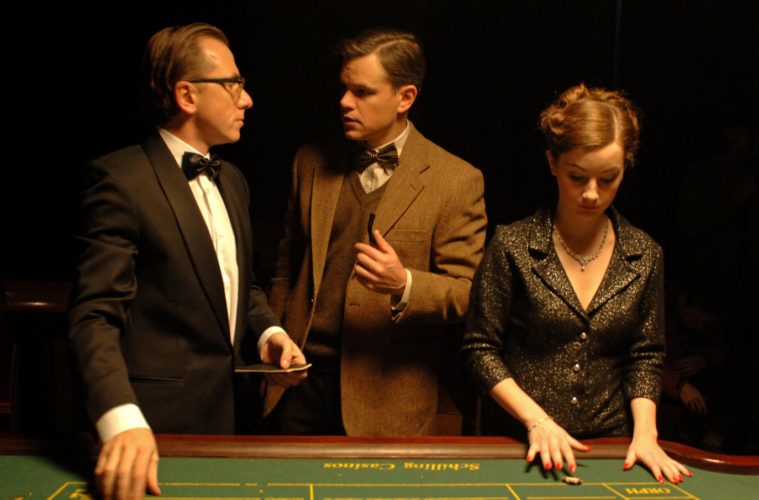Francis Ford Coppola‘s “late” career is a deeply rewarding thing — a film-by-film exemplification of what happens when great artists appear to be working almost entirely within the limits they set for themselves and through the tools they can manipulate however they so desire. (Just look at his next project for an idea of how much the man wants to keep pushing himself.) The first entry into this phase is 2007’s Youth Without Youth, in which an elderly linguistics professor (Tim Roth) finds his age cut in half upon being struck by lightning, and after (naturally) becoming a subject of intense focus, becomes enmeshed in international conspiracies, all while falling in love with a woman who may be the reincarnation of his long-lost object of desire.
Or something along those lines. Scout Tafoya, in the latest installment of his series, “The Unloved,” examines the alternately opaque and overpowering way Coppola’s film provides its pleasures, a matter that stands in opposition to the fact that it had been thoroughly disregarded by critics and audiences upon release. Why that happened, at least in the case of paid reviewers who should know at least a little better than to completely dismiss it, remains a mystery; the good news is that it’s hardly the most interesting one surrounding Youth Without Youth. I do very much hope you’ll seek it out as a result of Tafoya’s work.
See the video below, and read a 2007 story about Coppola and the film’s production:


